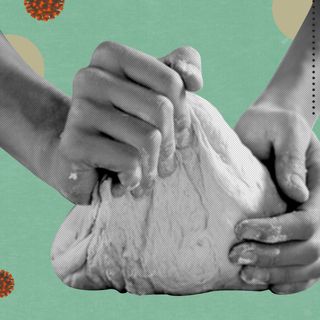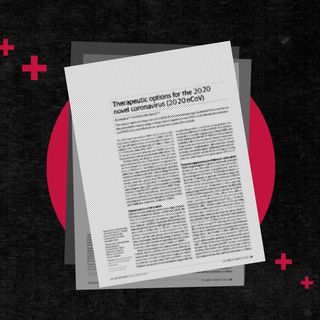Two research teams examined skeletal evidence from California, U.S, and Mongolia respectively, and concluded that women from nomadic hunter-gatherer groups were also warriors, not just caretakers, as traditionally believed. These research findings were to be presented at the American Association of Physical Anthropologists’ annual meeting, now postponed due to the Covid19 pandemic.
The first research group examined skeletons of 128 hunter-gatherer women from 19 Native American groups in California. These skeletons are presumed to be from time periods between 5000 to 200 years ago. Scientists stated that these skeletal remains displayed scarring from sharp objects like knives and arrows. This damage was quite similar to the scarring found on 289 male warriors skeletons. However, scientists state that they cannot determine if the women engaged in full-frontal battle, or other dangerous activities like sneaking up to enemies and cutting their bows.
“The traditional view [in anthropology] of ‘man the hunter and woman the gatherer’ is likely flawed and overly simplistic,” forensic anthropologist Marin Pilloud, who carried out the examination of Native American skeletons, told Science News. In hunter-gatherer groups, men were believed to be hunters, fishers and fighers, while women were believed to gather and prepare plant foods, rear children, and weave.
Related on The Swaddle:
A Brief History of Indian Women Protesting Gender Inequality
The second research team carried out examinations of remains found in ancient Mongolia, to the north of the Chinese border. While written documents dating back to the year 900 show that Mongolian women were afforded multiple freedoms in society, scarring on these skeletons shows that women’s freedoms had existed as early as 147 A.D. Nomadic Mongolian women who lived during the Xianbei period (147 to 552), trained to become warriors too, especially during times of war and political conflict.
The scarring on these remains showed signs of these women once riding horses into combat. The upper-body of their skeletons also showed the strain of regularly using bows to shoot arrows, and their faces showed arrowhead injuries.
“Badass women may go back a long way in northern Asian nomadic groups,” anthropologist Christine Lee, who conducted the second examination, told Science News.




